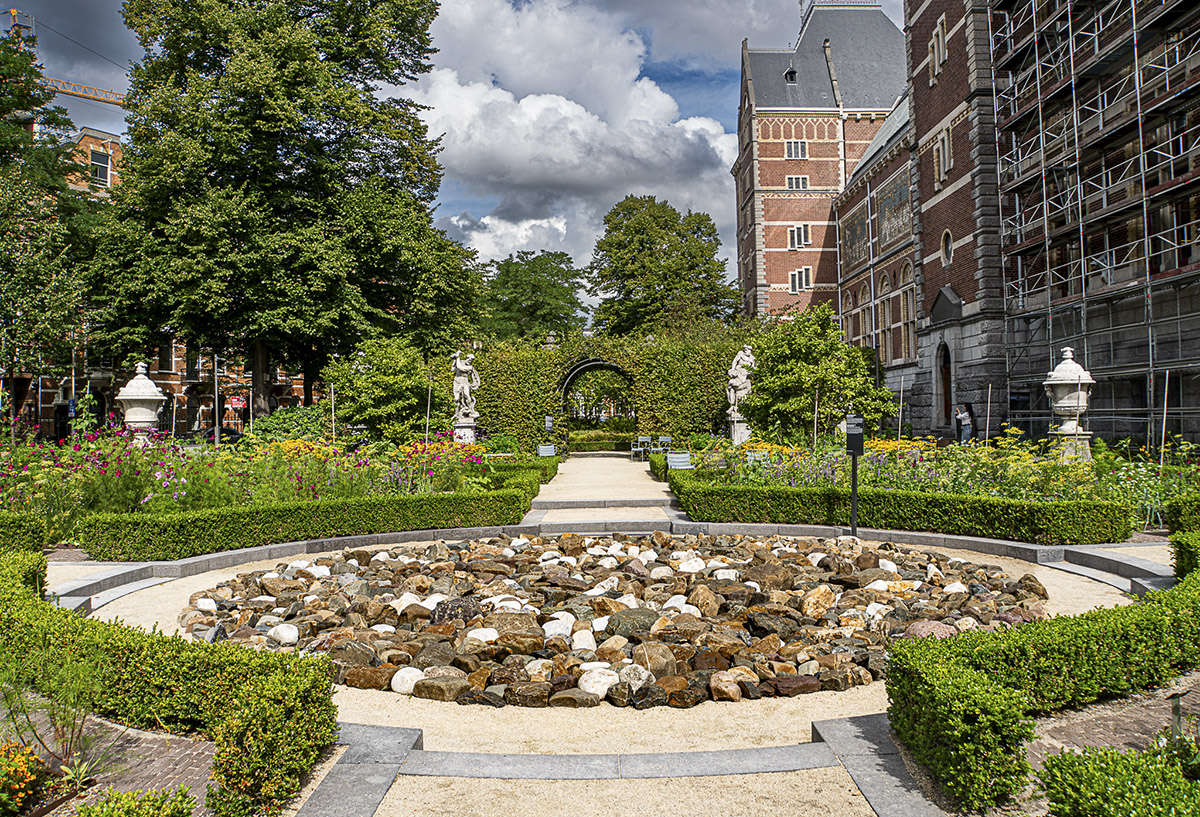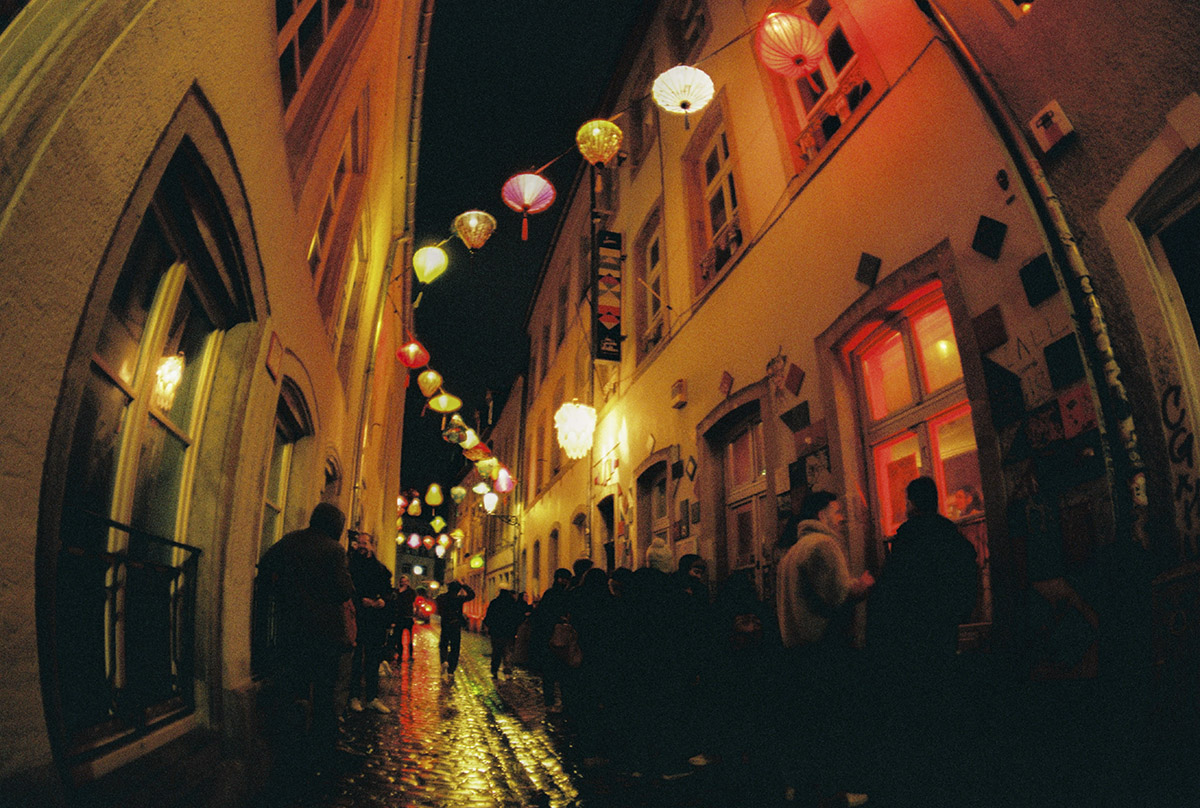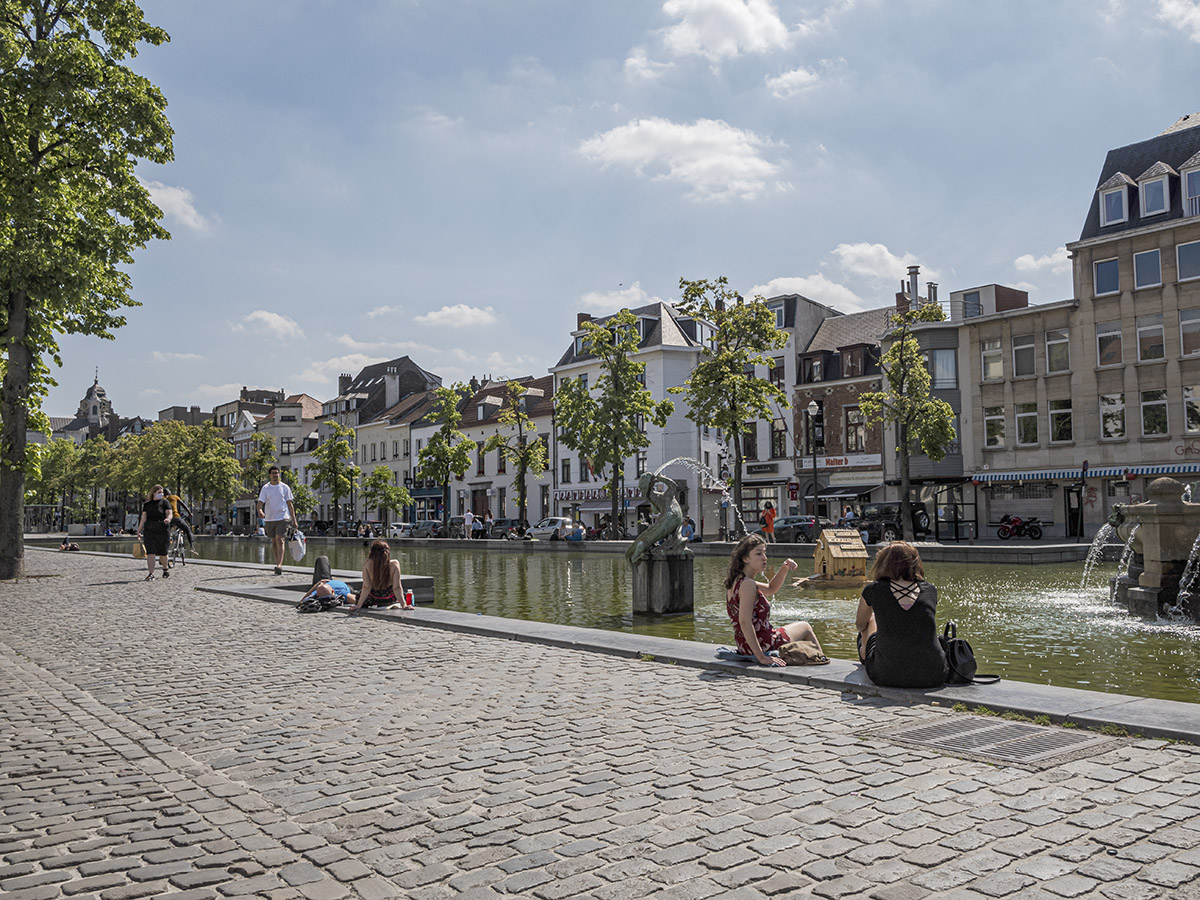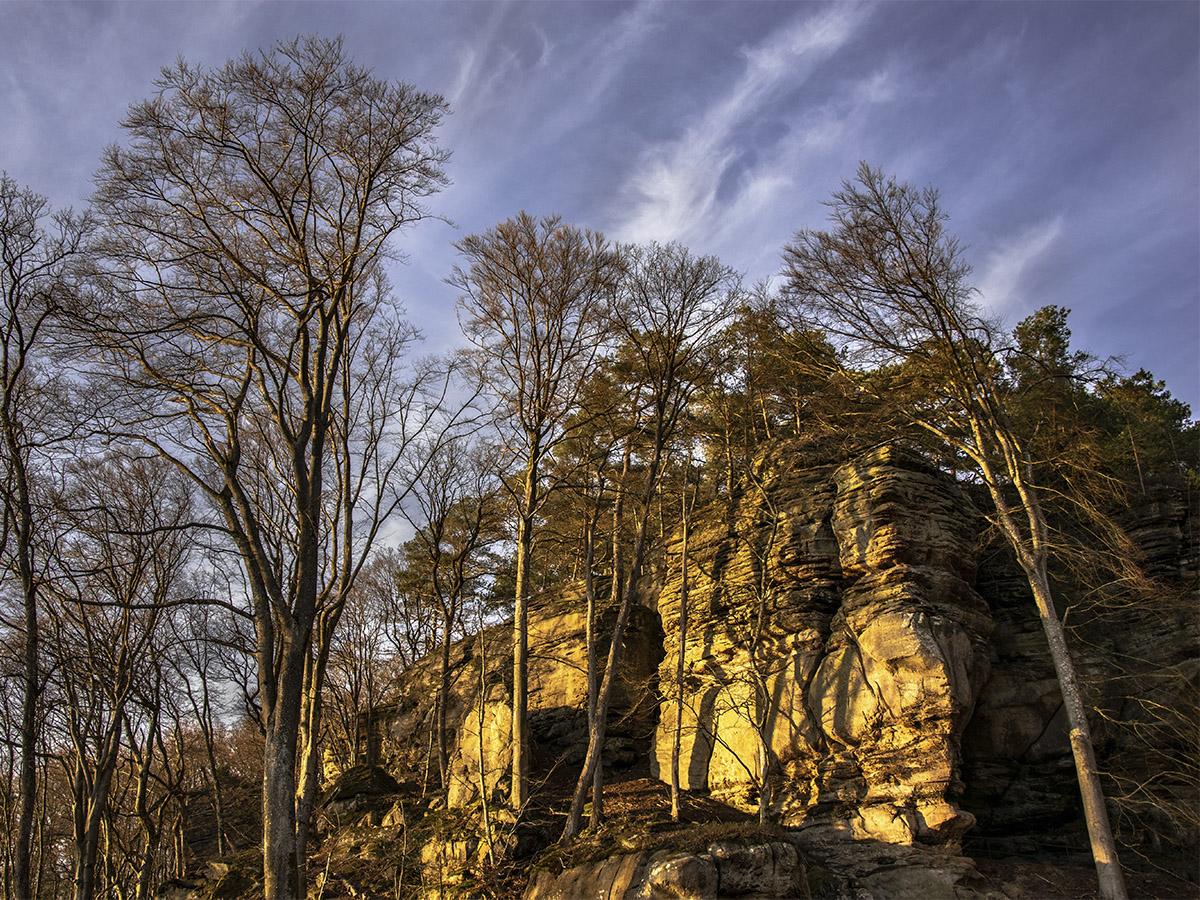A visit to ‘le musée’
TEXT: PAOLA WESTBEEK | PHOTOS: PIXABAY
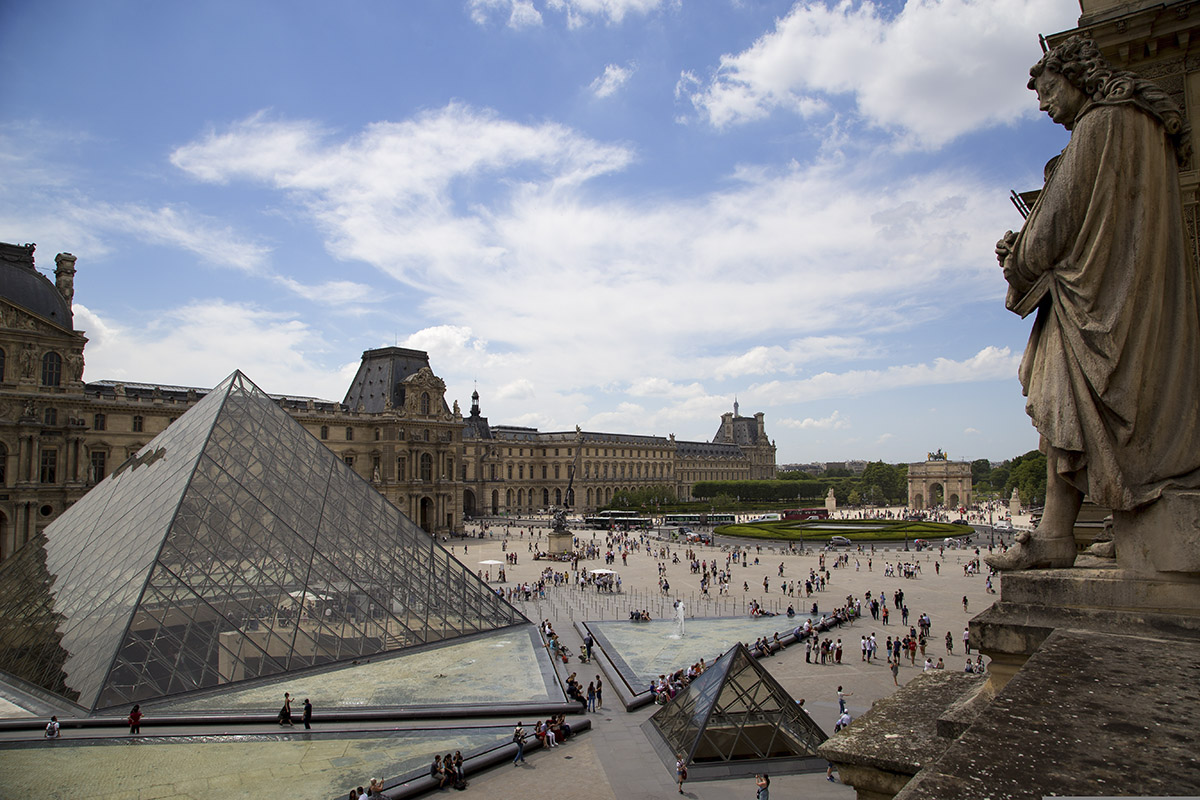
Louvre.
There are plenty of things to love about France. With its world-renowned food and wine, vibrant cities, charming bucolic landscapes and rich culture, it’s no wonder the country has been the leading tourist destination for more than 30 years. Fans of art and history will be happy to know that France counts well over 1,200 fascinating museums.
We all know the Louvre Museum in Paris. One of the most visited museums in the world, it attracts approximately nine million visitors annually who come to admire a vast collection that spans more than nine millenia and includes famous pieces such as Leonardo da Vinci’s iconic Mona Lisa, Liberty Leading the People by Eugène Delacroix and the awe-inspiring Venus de Milo. Though these days, a visit to a French museum is as common as popping into a brasserie for a glass of wine and a cheese platter, museums as we know them today only appeared at the end of the 18th century. Before museums became a public institution, private art collections were often assembled by wealthy aristocrats and collectors.
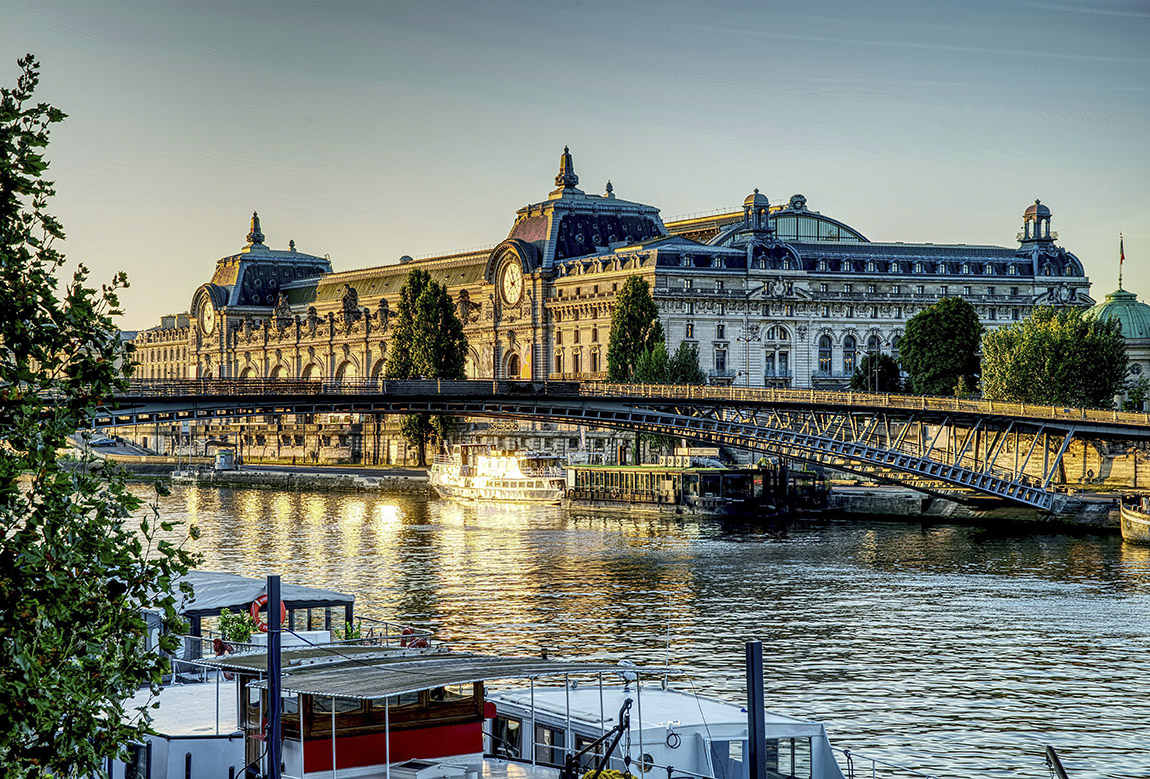
Musée d’Orsay.
The first French museum was the Louvre, which opened in 1793. Others would soon follow in the French capital, including the National Museum of Natural History that same year, the Musée des Arts et Métiers (1794) and Musée National des Monuments Français (1795). The city’s second-most famous museum, the Musée d’Orsay (originally a railway station), opened in 1986 and houses a collection of art from the 19th and early 20th centuries.
During the course of the 19th century, other museums were established throughout France’s major cities. Today, France is home to a vast network of museums, ranging from the national museums in Paris to smaller regional museums.

Left: Venus de Milo. Right: Mona Lisa.
Subscribe to Our Newsletter
Receive our monthly newsletter by email
